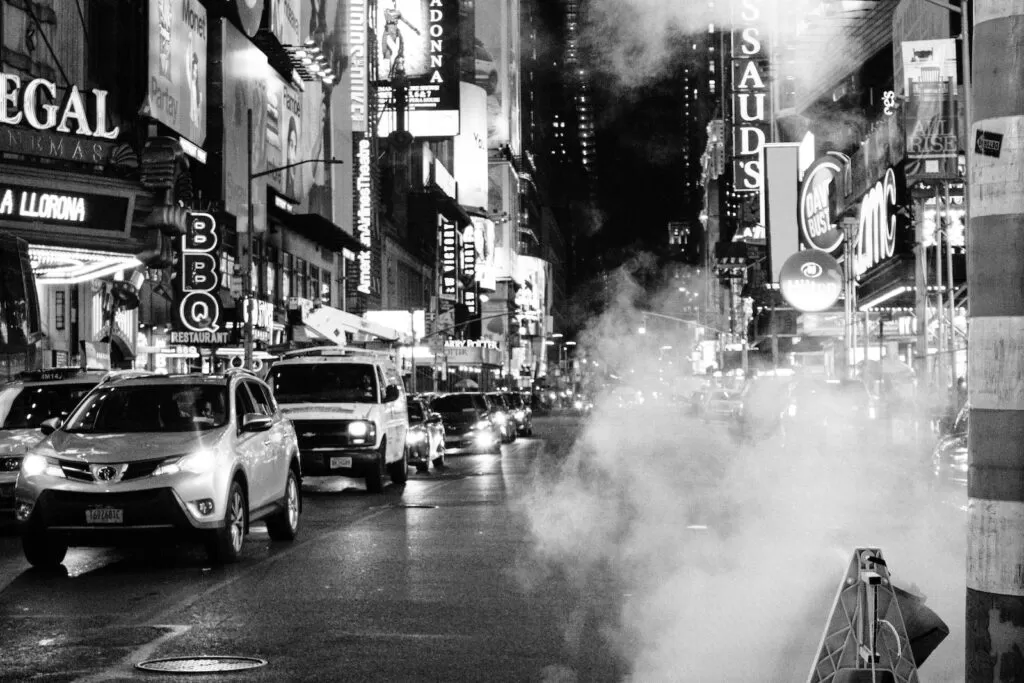When establishing an interactive and visually appealing retail space, the choice of colors you use plays an important role. This goes for everything else including the price tags, section labels, and even the monochromatic labels such as the pink heart stickers on the shelves of your retail store. Although various color schemes are available for you to choose from, the monochromatic color scheme has become a popular choice in recent days.
This article will examine the concept of monochromatic color schemes and discuss whether or not they can be used to enhance a customer’s shopping experience.
1. Monochromatic Color Scheme and What it Entails
Before looking at the importance of a monochromatic color scheme in a retail environment, it’s imperative to first understand what it entails. Monochrome, in this context, refers to the utilization of various shades, tints, and tones of a single color in a retail space. This concept is suitable for a retail environment because it allows shop owners to establish a harmonious and cohesive aesthetic.

2. What Can a Monochromatic Color Scheme Do?
Numerous advantages come with using a monochromatic color scheme in your retail store. One of these benefits is that it evokes a sense of elegance and sophistication, establishing an upscale and high-end atmosphere. Extensively, using a monochromatic color scheme goes a long way in creating a cohesive as well as visually appealing experience since the color palettes bind everything seamlessly together.
When you incorporate the dominant color of your brand into the design of your store, you’ll be in a position to augment its visual identity, thereby establishing a solid connection between your brand and the customer’s shopping experience. In that regard, it can be safe to conclude that using a monochromatic color scheme in your retail store can be beneficial as it enhances your brand’s identity and reinforces the experiences of shoppers.
3. Considerations and Limitations
Despite the numerous benefits that come with using monochromatic color schemes, you need to know that this concept may not apply to all retail environments or product categories. When thinking about the monochromatic color scheme, you need to take a look at the product you’re selling as well as your intended target group. A monochromatic color scheme, for instance, can be suitable for a clothing store where showcasing garments is the main focus.
Nevertheless, its use may not be ideal for a vibrant energetic brand that utilizes contrasting and bold colors to attract its customers such as a toy store. Furthermore, you must be careful to ensure that the use of a monochromatic color scheme does not make your store dull and visually monotonous.
Final Word
As demonstrated here, the use of a monochromatic color scheme can be beneficial for your retail store especially if you are looking to create a cohesive and harmonious retail environment. The concept behind the use of a monochromatic color scheme has gained popularity in recent days due to its ability to enhance customers’’ shopping experience.
Even so, you first need to assess the suitability for every context and consider things such as the products being sold, target audience, and brand identity before implementing a color scheme.

























